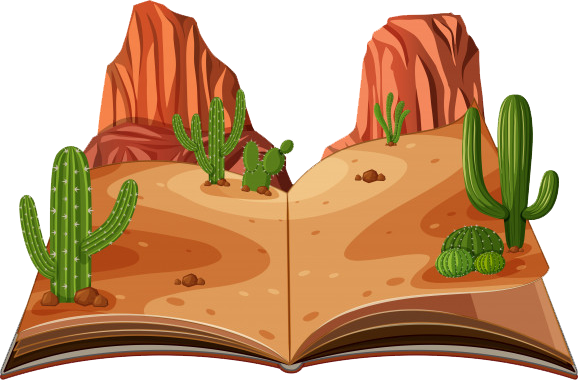Academic writing help: how to gather the facts
Whether you have a research paper or term paper to write, either way you can’t escape from having to gather facts to support your thesis statement. It’s what your entire paper is based on. These academic papers are not formulated on opinion. You need hard evidence to support your stance.
What’s the best way to gather and organize your facts?
Gathering facts – although it’s quite common to use mostly electronic sources, a good library is still one of the best places to find facts for your academic research paper.
While in the research phase of your paper, you will be doing a great deal of reading. Each journal article, book, internet page you read needs to be referenced as you go along. Otherwise you will get partway into the writing and forget where some of your source material came from.
While there are several different ways you can use to keep track of your facts, the following 3 have been used extensively by students writing their academic papers. Maybe one will work for you.
- Pen and paper – the old fashioned way. Some researchers still swear by this tried and true method. Basically you take down the full reference for each source you’re using and then assign a numerical number or series of numbers to it. Each time you gather a quote, data, facts, text or anything else from your sources that you want to use, you reference it with the number of the corresponding source.
- Digital – the method most students use these days. Enter your resource reference in digitally to a word processing software or a referencing software. Each time you use some written material or facts from a source, keep track of which source it came from using your software program.
- Index cards – another paper format but somewhat easier to organize than #1 above. Each reference goes on an index card and then they are sorted alphabetically. Main facts drawn from each source are filed with the source they belong to, either paper or digital.
For the most part, digital options are much quicker and easier to organize than paper techniques are. You might find that a combination of the two is what works best for you. While at the library you can use paper and then once you get home you can transfer the information to your electronic device.
The key to staying organized is just to make sure you don’t forget to reference anything you used.

